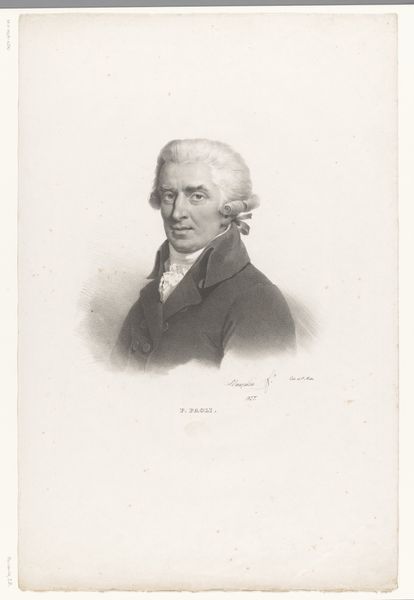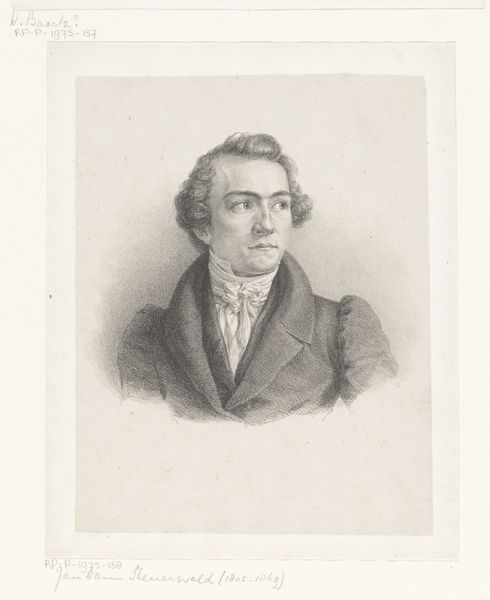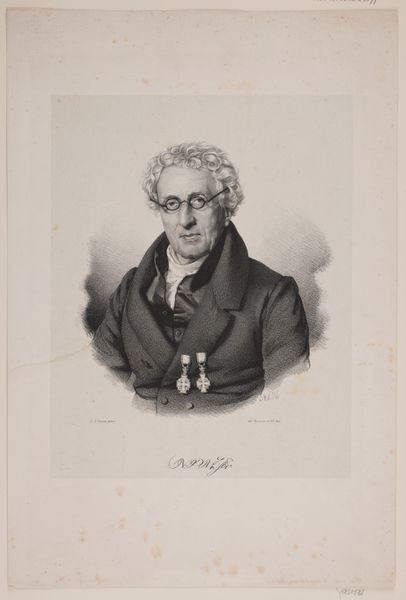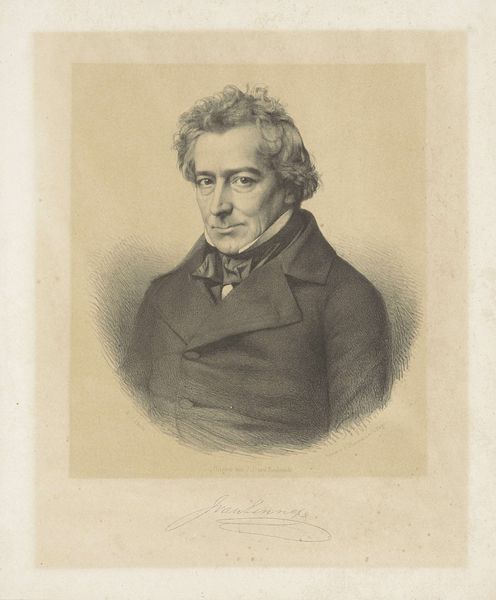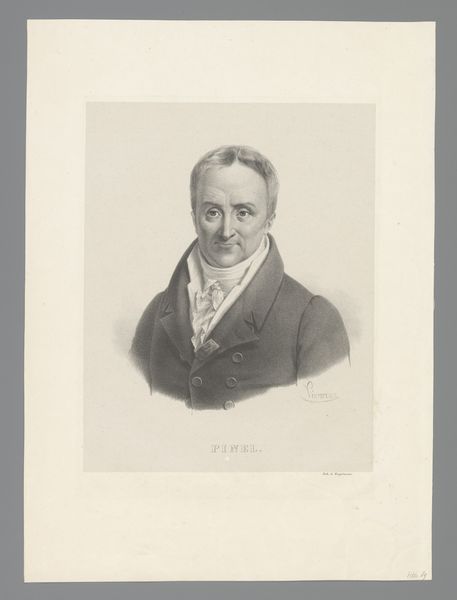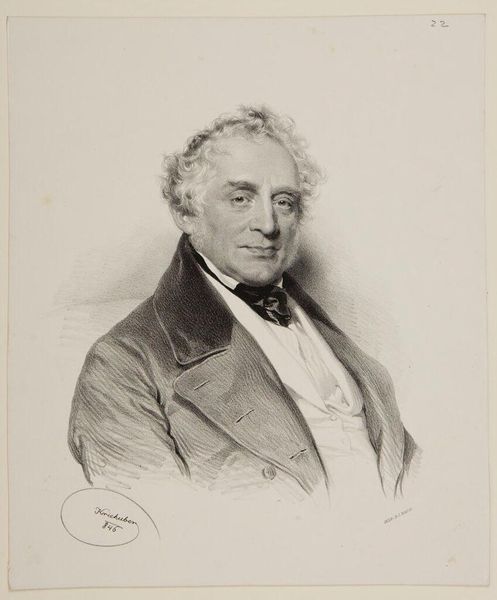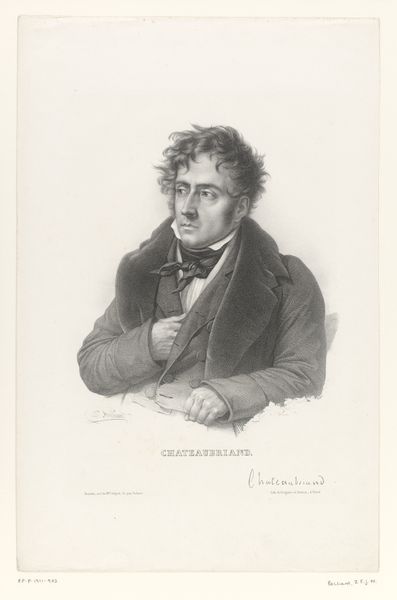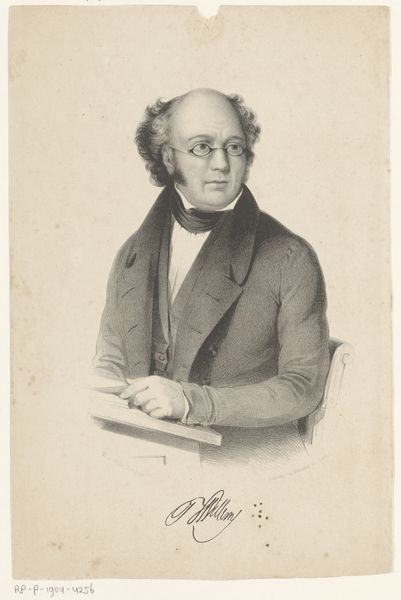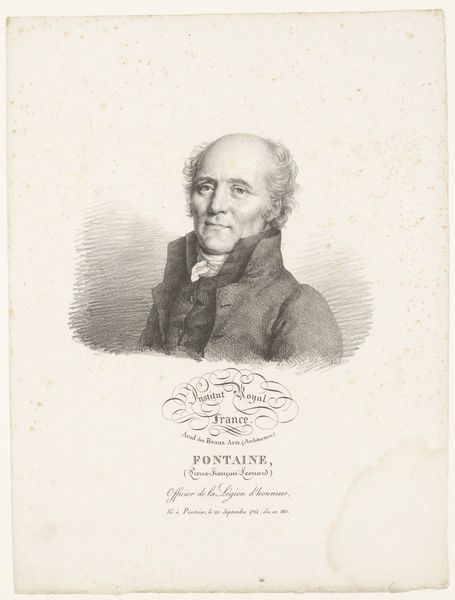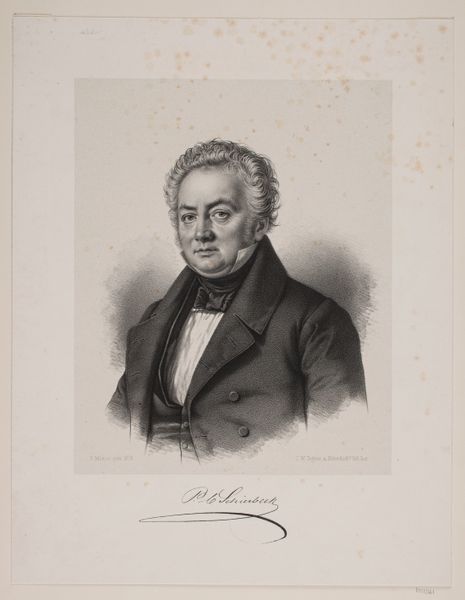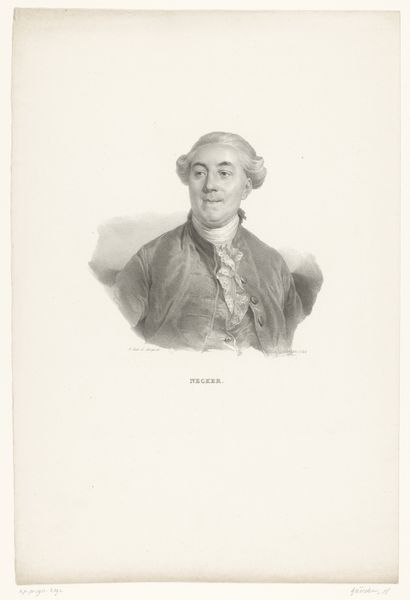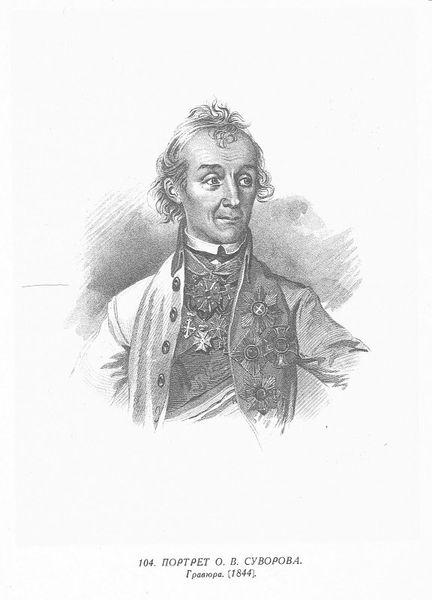
drawing, pencil, graphite
#
portrait
#
pencil drawn
#
drawing
#
pencil sketch
#
charcoal drawing
#
pencil drawing
#
pencil
#
graphite
#
portrait drawing
#
academic-art
#
realism
Dimensions: height 484 mm, width 344 mm
Copyright: Rijks Museum: Open Domain
Curator: Let's discuss Henri Grevedon's "Portrait of George Canning," a graphite and pencil drawing created in 1827. What's your initial read? Editor: Somber. There's a certain stiffness, perhaps even austerity, in the depiction. It's masterfully rendered, but the muted palette and formal pose create distance. I’m also interested in the quality of the paper; it appears rather thin. Curator: That stiffness, I think, speaks to the societal expectations around portraying figures of power in that era. Canning, as a prominent politician, was deliberately presented with gravity. However, viewing it through a postcolonial lens, that 'gravity' also represents the power structures perpetuated at the time. How does the materiality contribute to this power narrative? Editor: The use of pencil and graphite, easily accessible and reproducible mediums, democratizes the image somewhat, but consider the labor involved in its production. The detail, the shading—this wasn’t a quick sketch. The labor intensifies the impact. Was it commissioned, distributed widely? That speaks to its function in disseminating an image of authority. Curator: Exactly! Canning's image, reproduced and circulated, reinforced his political standing. This intersects with the broader discussion of representation and power—who gets portrayed, how, and for what purpose? Think about the impact on those excluded from such formal representation at the time, particularly those impacted by Canning's policies. Editor: I also want to focus on what it obscures. The texture of his jacket, the delicate rendering of the cravat –these elements point to class and consumption, but also conceal the industrial labor involved in producing these textiles. There's a real tension between display and obfuscation in material culture. Curator: That's insightful. It makes us question what the portrait intends to reveal and conceal about Canning's position within the intricate economic and social frameworks of the 19th century. Editor: Yes, examining the means of production brings us closer to the actual socio-economic networks from which this portrait emerged. Curator: The context of Canning’s political role paired with an exploration of the materials unveils layers of representation beyond a simple portrait. Editor: Absolutely. For me, it reframes the portrait as a complex object of production that transcends mere likeness.
Comments
No comments
Be the first to comment and join the conversation on the ultimate creative platform.
